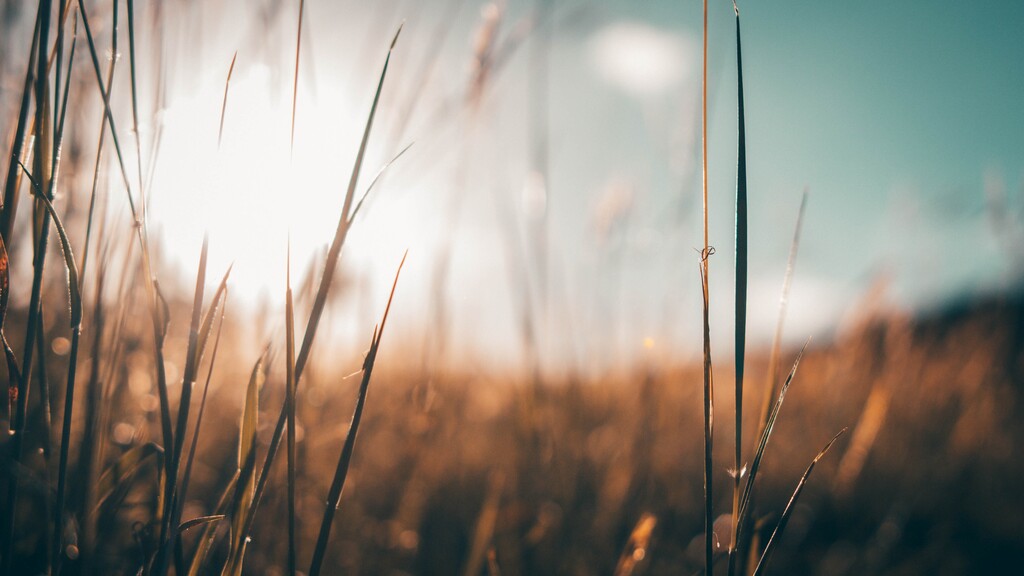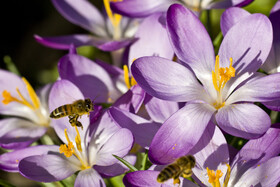

Naturefund bought 503,477 m² of wild hills that forms part of the ridge of hills known as the Hohe Schrecke. The land is an ideal natural buffer zone to protect ancient beech forests, home to the endangered wild cat, countless species of wild bees and rare species of orchids. The Federal Republic of Germany and the Free State of Thuringia gave Naturefund 9 EUR for each EUR we received in donations.

Start: October 2013
End: January 2014
Northeastern Thuringia and southwestern Saxony-Anhalt, between Sömmerda, Artern and Bad Bibra.
503.480 m²
The Nature Foundation "David" is partner of Naturefund and became the owner and guardian of the land.
Numerous rare animals inhabit the hills in Thuringia, including the red deer, the wildcat, lynxes, house bats, whiskered bat, Brandt's bat and Natterer's bat . The eagle owl, hawks, gray woodpeckers, gray and green woodpeckers, northern shrikes, red-backed shrikes, whinchat, barred warblers and numerous wild bee species feel comfortable here.

Surrounding the 7,000 hectares of deciduous forest land called Hohe Schrecke lies wild upland area with light deciduous woodland, old unused orchards and dry grasslands with extensive biodiversity. These wild uplands of roughly 900 hectares provide habitats for numerous rare animals and plants, simultaneously sitting around the old deciduous forests like a protective belt.
Modern agricultural use on these steep slopes and narrow valleys is not really possible because they are inaccessible for machinery. This is why the varied landscape of long-forgotten times can still remain here.
Northestern Thuringia and southwestern Saxony-Anhalt, between Soemmerda, Artern and Bad Bibra.
503,480 m²
Red deer, wildcats, lynx, Serotine bats, whiskered bats, Brandt's bats, Natterer's bats, Eurasian eagle-owls, hawks, grey-headed woodpeckers, Eurasian green woodpeckers, great grey shrikes, red-backed shrikes, whinchats, barred warblers and numerous wild bee species.
Beech, oak, lime, felwort, Chiltern gentian, dwarf everlast, sticky catchfly and dragon's teeth.
Over a small area light woodland is interspersed with dry grasslands full of different types of orchid and gentian. Dotted between these are old unused orchards where tall cherry, plum and apple trees can be found On top of the slopes there are small heather areas, some of which are covered with birch trees.
Unpaved roads lined with fruit trees lead from the villages into the hills. When it rains, these paths are nearly impassable as wet, decalcified loess turns any hike into an extremely slippery adventure.
In the past, countless horse-drawn wagons would leave deep furrows in the path on their way to the nearby forest or orchards. These would then be washed out by the coming rains. Over the centuries the rain managed to clear ravines of 4 metres in depth. The walls of these ravines, barren of vegetation, exposed to the sun and sometimes at angles of up to 90 degrees, provide the perfect location for colonies of endangered wild bees.
For centuries these old deciduous forests were used primarily for sheep grazing and orchards. Today these areas are part of the major conservation project Hohe Schrecke. Purchasing these light forest areas with orchards and gentian meadows is an important step toward preserving this traditional cultural landscape.
Naturstiftung David is a partner of Naturefund and will be proprietor and custodian of these areas.
Following purchase, the light deciduous woodlands, orchards and gentian meadows shall be used sustainably for sheep farming, orchard cultivation and forest utilisation strategies. The traditional cultural landscape shall therefore be preserved through extensive sustainable land use.
Since 2013
Supports 14 projects
Member
Since 2008
Supports 77 projects
Since 2013
Supports 1 project